Summer is coming and it’s the festival season again! And everyone loves festivals, right? Of course, there’s the music, but that’s not all there is to it. It’s the feeling of being out with your friends, drinking beer in the sun with music all around you, escaping reality, almost like being on a holiday. So isn’t it great having a festival right on your doorstep? The Modular Festival has been taking place since 2009 and it’s been at the congress centre since 2012. Its aim is not only to bring international, national and especially local artists onto the stage, but also to offer workshops for the whole family and support local sports groups.
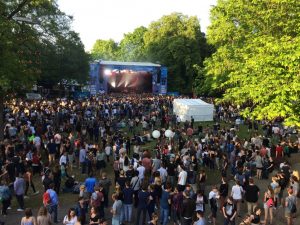 Music
Music
The music is probably the main (but not the only) reason to go. This year, over 50 artists and bands are going to show what they can do on four stages: two outside in the park and two inside the centre. There’s Kakkmaddafakka, Moop Mama, RY X, Hundreds, Maeckes & die Katastrophen, Megaloh, Faber, Sxn, Die Höchste Eisenbahn, Fotos and MC Bomber, just to name a few. You might not know them yet, but there’s a little info about them on the festival’s website and you can listen to the Modular Spotify playlist. And maybe after the festival you’ll have a new favourite band.
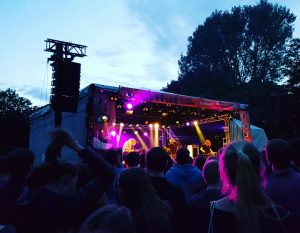
Workshops and other things to do
Modular is not only music: it offers art exhibitions by different painters, designers and sculptors and performance acts such as a rap battle, a poetry slam and a magician. There’s the Pop Convention, where you can make and discuss music with professionals and a ‘creative market’, where you can make art yourself. It’s also not only a festival for adults: there’s a kids’ programme with a whole ‘Modular Kids Village’.
Apart from the different kinds of art, there are two sports events you can watch: the ‘BMX EX&HOP (international contest series)’ and the ‘Bavarian Miniramp Mastership’, an open skateboard contest. No matter if you’re into those sports or not – it’s amazing to watch!
For the physical well-being
Even though you can’t bring your own food, believe me, you won’t starve! The festival supports local providers of food and drinks. You can get the local beer or free drinking water and to eat there’s everything as pizza, burgers, sandwiches, tacos, ice cream, crêpes and so on… No matter if you’re a vegan, a vegetarian or a meat lover – there’s something for you.
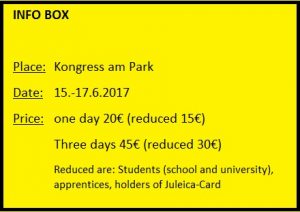
Want to learn more?
Visit the festival’s homepage! www.modular-festival.de
Author: Sophia Brandt
Pictures: Stephan Brandt (roofop), Lukas Holzfurtner (night)

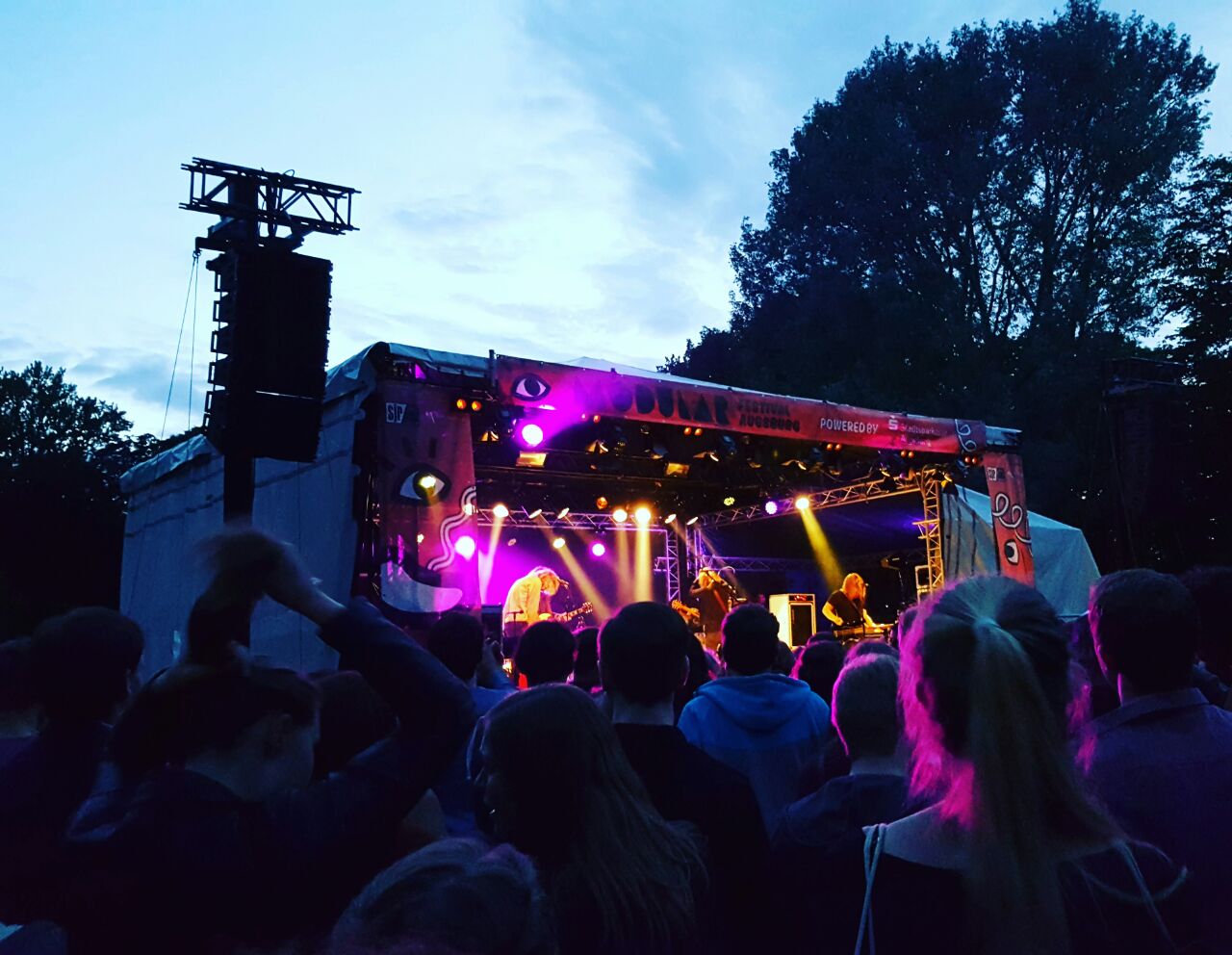
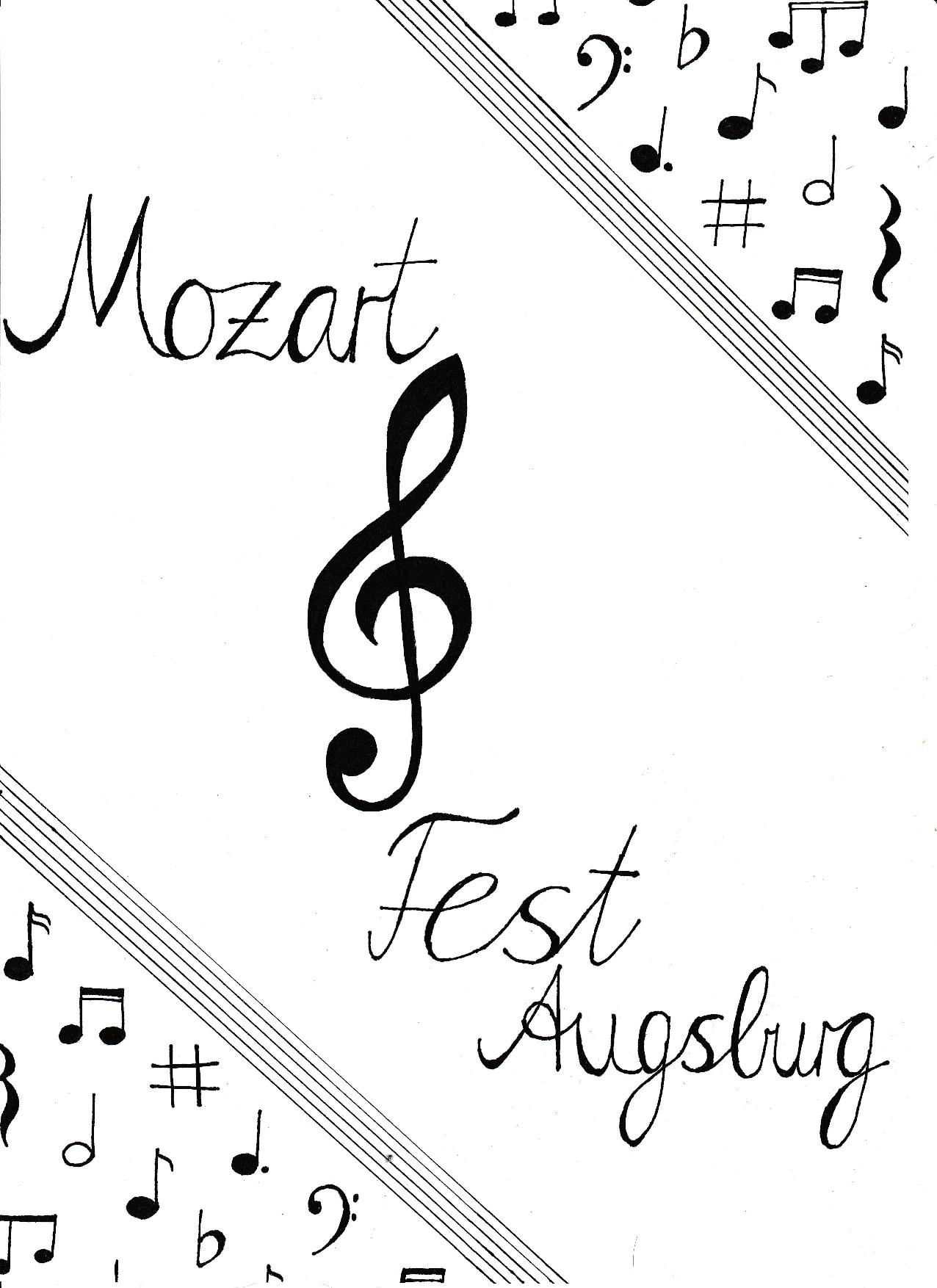
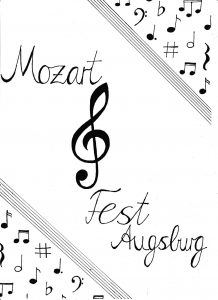 Wolfgang Amadeus Mozart – a name you should be familiar with. Everybody knows Mozart and has heard at least one of his amazing pieces or seen one of his famous operas. But what if I tell you that most of what you think you know about Amadeus was actually made up after his death and is probably not true? What if even the name you’re so familiar with isn’t his actual name?
Wolfgang Amadeus Mozart – a name you should be familiar with. Everybody knows Mozart and has heard at least one of his amazing pieces or seen one of his famous operas. But what if I tell you that most of what you think you know about Amadeus was actually made up after his death and is probably not true? What if even the name you’re so familiar with isn’t his actual name?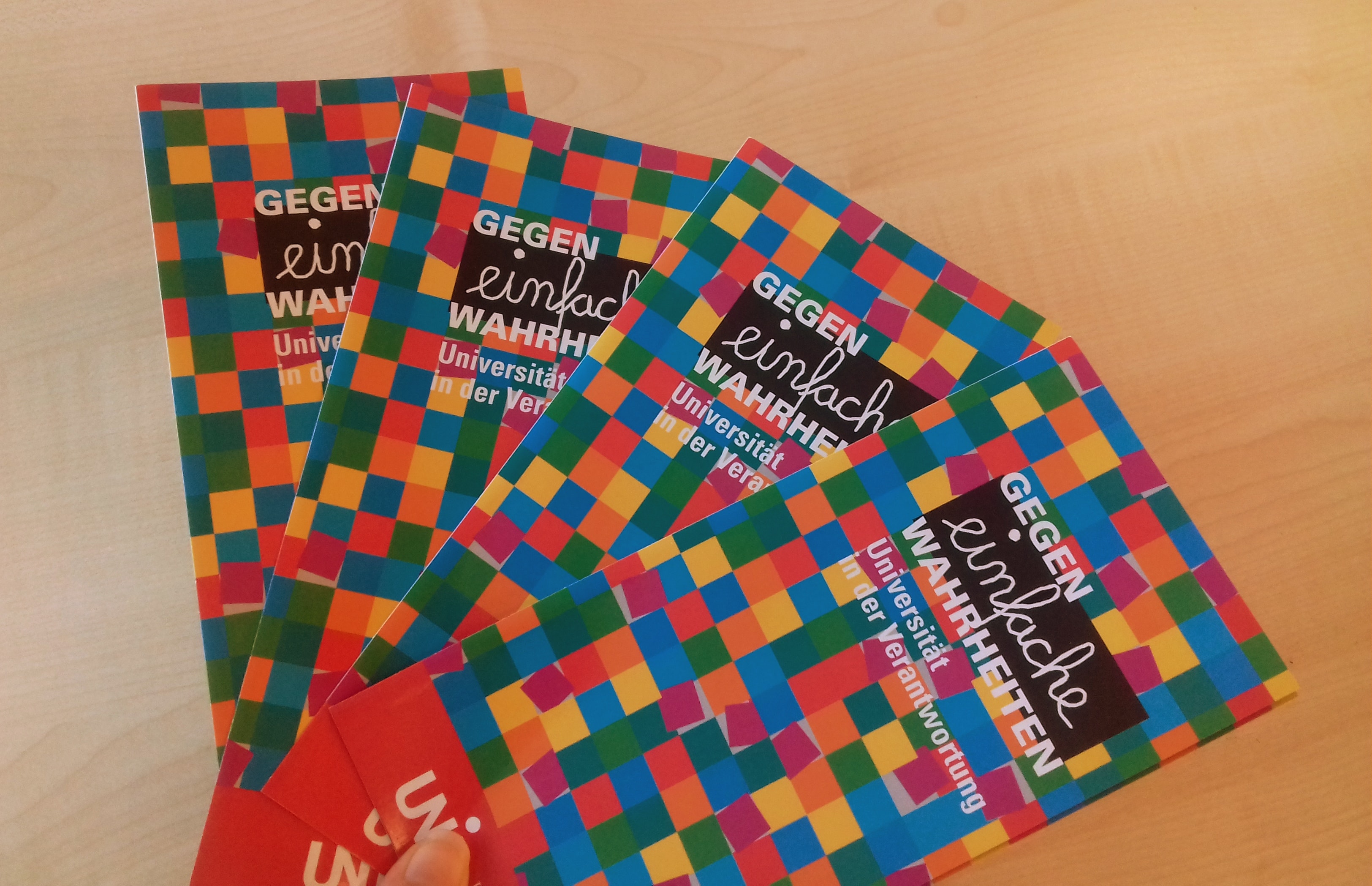
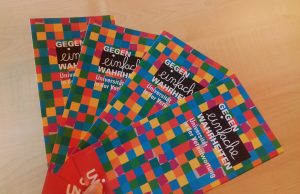
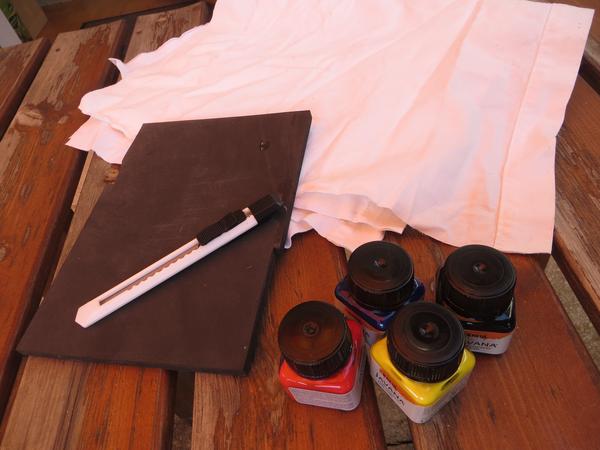
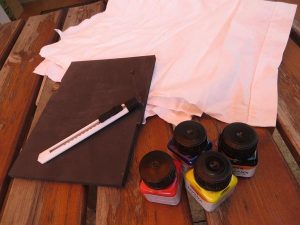
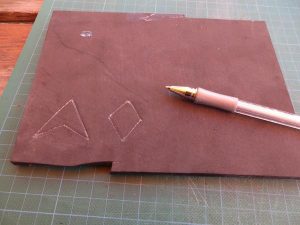
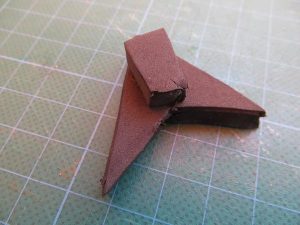
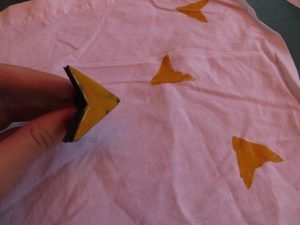
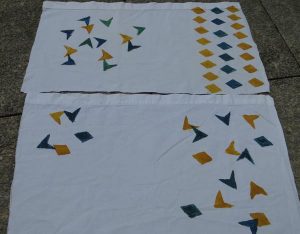
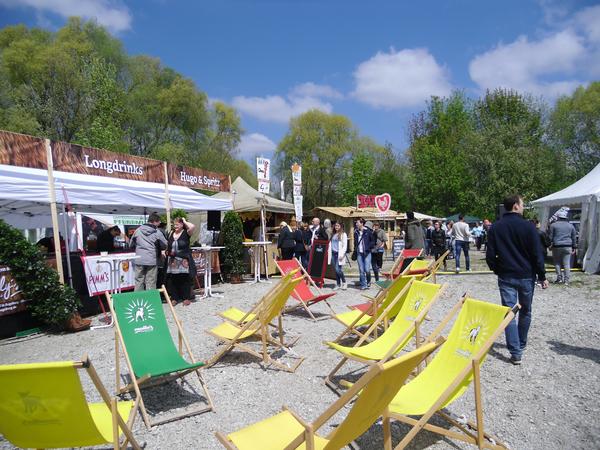
 options and much more. And even though the Kongresshalle isn’t that big, there were a lot of different booths and everybody seemed to enjoy themselves. Whiskey, liquor and moonshine tasting were some of the fun booze-related activities you could indulge in. How about some tiny but delicious cupcakes? Sure! At some – if not most – of the booths, you could use the vouchers you got for paying to get in. This way you basically got all your money back and theoretically the entrance was free (with the early bird ticket at least).
options and much more. And even though the Kongresshalle isn’t that big, there were a lot of different booths and everybody seemed to enjoy themselves. Whiskey, liquor and moonshine tasting were some of the fun booze-related activities you could indulge in. How about some tiny but delicious cupcakes? Sure! At some – if not most – of the booths, you could use the vouchers you got for paying to get in. This way you basically got all your money back and theoretically the entrance was free (with the early bird ticket at least). between September 23 and 25, 2016 at the Gögginger Festplatz. Compared to 2015, there were almost twice as many booths and almost no waiting time at all. Everybody seemed to be crazy about those potato spiral thingies – they were delicious, but we couldn’t figure out if there were bread crumbs on them or not. The smoothie booth was a nice touch. I actually ordered the first Green Bull of the day. The pies, a ton of different versions of hot dogs, BBQ, pizza, Israeli and vegan booths also gave visitors an opportunity to try something new. One of my favorites was definitely the donuts: they looked, smelled and tasted like heaven! And if you were there early, you could easily get a very nice spot on a deckchair and enjoy the sun while nibbling on something yummy and drinking a cocktail, beer, smoothie or just plain water.
between September 23 and 25, 2016 at the Gögginger Festplatz. Compared to 2015, there were almost twice as many booths and almost no waiting time at all. Everybody seemed to be crazy about those potato spiral thingies – they were delicious, but we couldn’t figure out if there were bread crumbs on them or not. The smoothie booth was a nice touch. I actually ordered the first Green Bull of the day. The pies, a ton of different versions of hot dogs, BBQ, pizza, Israeli and vegan booths also gave visitors an opportunity to try something new. One of my favorites was definitely the donuts: they looked, smelled and tasted like heaven! And if you were there early, you could easily get a very nice spot on a deckchair and enjoy the sun while nibbling on something yummy and drinking a cocktail, beer, smoothie or just plain water.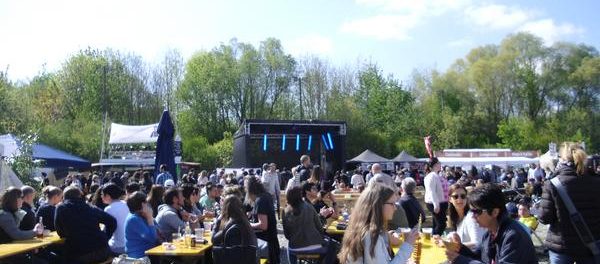


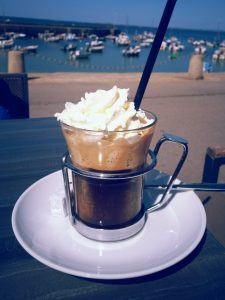


 Riding into freedom
Riding into freedom